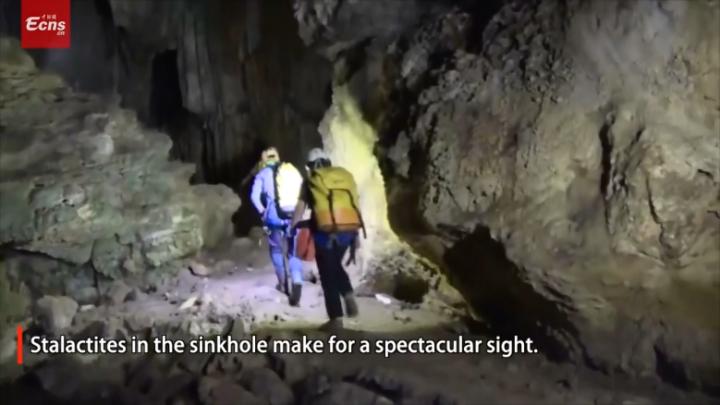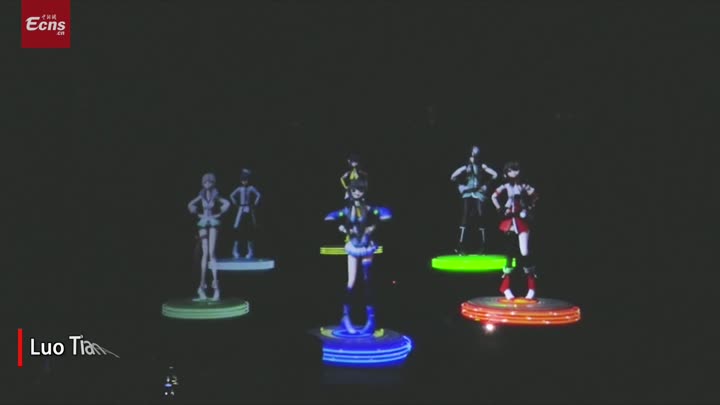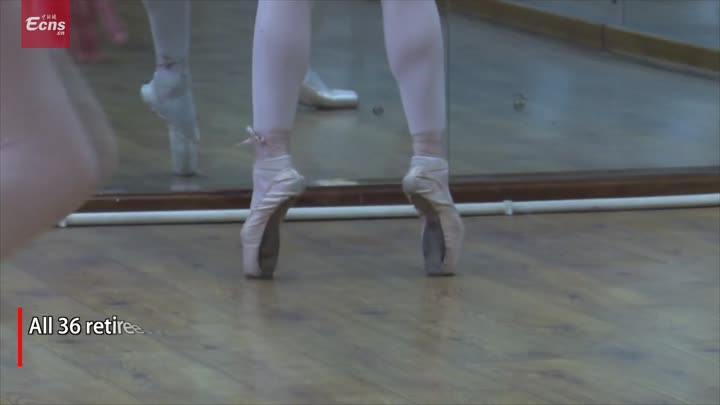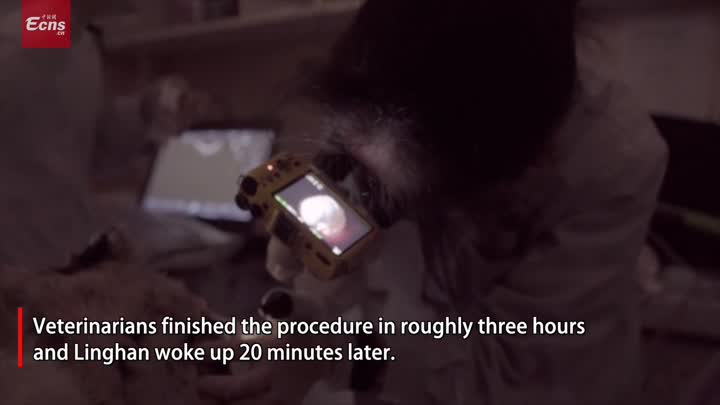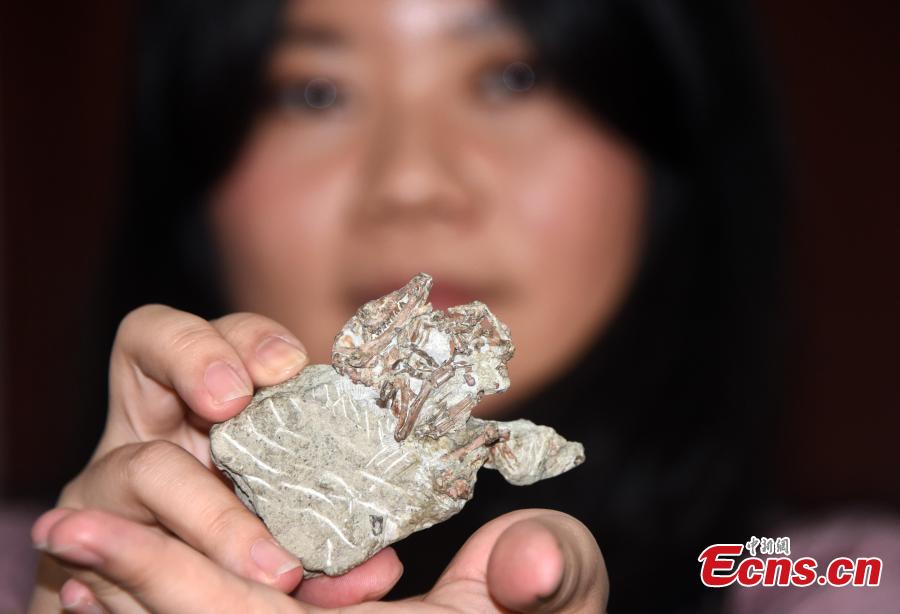
A joint research team led by Mao Fangyuan from the Institute of Vertebrate Paleontology and Paleoanthropology (IVPP) of the Chinese Academy of Sciences and Meng Jin from the American Museum of Natural History reported a new symmetrodont, Origolestes lii, a stem therian mammal from the Early Cretaceous Jehol Biota, in China's Liaoning Province. A key feature of Origolestes is that the bone link between the auditory bones and Meckel's cartilage has disappeared, showing the separation of the hearing and chewing modules in therian mammalian evolution. Their findings were published in "Science" on December 5, 2019. (Photo: China News Service/Sun Zifa)

A joint research team led by Mao Fangyuan from the Institute of Vertebrate Paleontology and Paleoanthropology (IVPP) of the Chinese Academy of Sciences and Meng Jin from the American Museum of Natural History reported a new symmetrodont, Origolestes lii, a stem therian mammal from the Early Cretaceous Jehol Biota, in China's Liaoning Province. A key feature of Origolestes is that the bone link between the auditory bones and Meckel's cartilage has disappeared, showing the separation of the hearing and chewing modules in therian mammalian evolution. Their findings were published in "Science" on December 5, 2019. (Photo: China News Service/Sun Zifa)
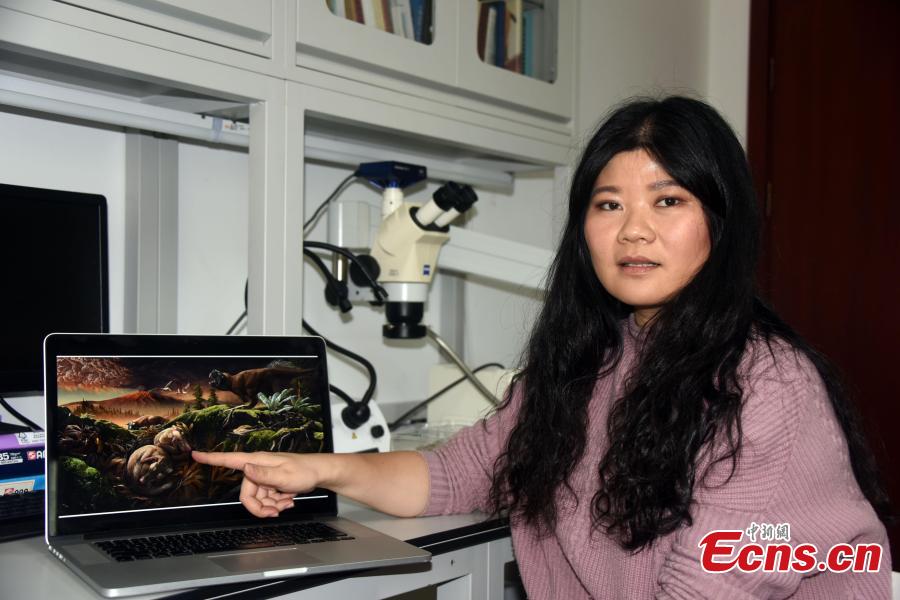
A joint research team led by Mao Fangyuan from the Institute of Vertebrate Paleontology and Paleoanthropology (IVPP) of the Chinese Academy of Sciences and Meng Jin from the American Museum of Natural History reported a new symmetrodont, Origolestes lii, a stem therian mammal from the Early Cretaceous Jehol Biota, in China's Liaoning Province. A key feature of Origolestes is that the bone link between the auditory bones and Meckel's cartilage has disappeared, showing the separation of the hearing and chewing modules in therian mammalian evolution. Their findings were published in "Science" on December 5, 2019. (Photo: China News Service/Sun Zifa)



















